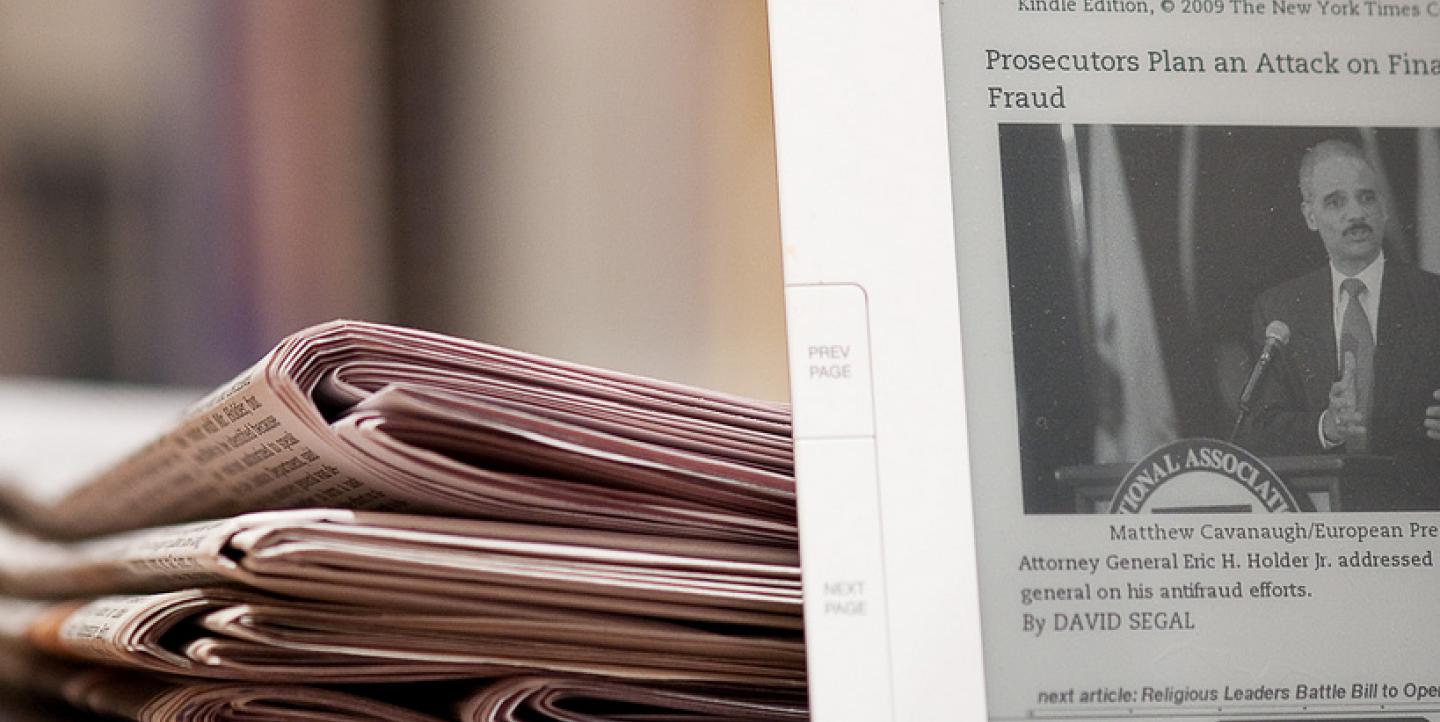Readers may be grumbling about The New York Times' decision to implement digital subscriptions, but media professionals have their own concerns.
IJNet spoke with Joel Hollander, chairman and chief executive officer of CBS Radio from 2005 to 2007, about the new paywall system.
Readers of NYTimes.com can now view 20 free articles a month before being asked to pay a digital subscription, which runs US$8.75 a week. This is the second time the Times, whose digital circulation dwarfs its paper circulation, has tried to charge for digital content. And readers have already found numerous ways to get around what has been called a "porous paywall" -- from accessing the site via multiple devices or deleting cookies.
IJNet: How did you get interested in this issue?
Joel Hollander: I've been in the media for 30 years. I’ve watched the media go through all the different paywalls and naturally I’ve followed it.
IJNet: What specific challenges do you see with the NYTimes paywall?
JH: I think it's going to be incredibly difficult to put the genie back in the bottle. The content has been free for a long period of time and there’s so much content up there. It’s going to have to be really special for people to pay for it—people might pay for their favorite columnists, for example.
IJNet: What benefits do you see to the system? Do they outweigh the challenges?
JH: I think it’s way too early to tell. We have to wait until some kind of pattern emerges.
IJNet: Do you think having a paywall on a news site changes how journalists do their job?
JH: I haven’t found that actually. The web has been great for some journalists; it’s been able to recreate their careers. For others, it hasn’t been so great, but regardless; this is where it’s migrating in the next 10 years.
What it comes down to is the web benefits the writers who have the best content. That’s always going to win out.
IJNet: How does this issue apply to radio? How do subscription radio stations affect content that is free?
JH: It’s a very different business, and Satellite Radio has done a really good job figuring this out. It’s a subscription driven business, not an ad-driven business like print.
You have 10,000 radio stations in the U.S. and US$16 billion dollars in revenue per year. Satellite Radio is what’s really changing right now as well, you have all these audio options: Pandora, or plug and play options. The dashboard is also evolving.
What media do you pay for? Why?
JH: I pay for a few things, but I read a lot of different free subscriptions, like the Daily Beast and Media Bistro. I pay for Barron's, but there’s not much else I think I would pay for.
Photo by B.K. Dewey, Creative Commons Attribution License

